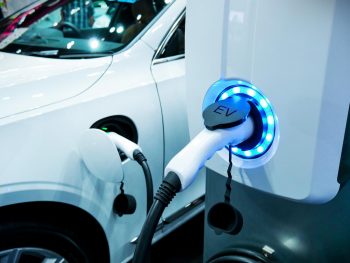The UK has the greatest potential to go electric in Europe, with more than two-thirds of business cars and light commercial vehicles able to be switched to EVs.

The research comes from Webfleet Solutions using its new Fleet Electrification Planning Report, which found that 70% of business cars and LCVs in UK could go electric. This tops the figures of 69% for the Netherlands, 67% for France and 61% for Germany, and compares to a European average of 61%.
These countries also came out top for availability of charging points. Of the 144,000 charging points available across the European Union and UK today, the majority are located in the Netherlands (26%), Germany (19%), France (17%) and the UK (13%).
The research is based on the new Fleet Electrification Planning Report in the Webfleet fleet management solution that recommends whether an internal combustion engine (ICE) vehicle could be replaced with an electric alternative based on driving data and using a 300km (186-mile) maximum daily driving distance.
The findings use anonymised and aggregated driving data from around 100,000 connected vehicles, operated by more than 5,000 fleet customers across Europe
Other key takeaways for Europe were that 82.8% of customers in Europe could replace at least one of their vehicles with an electric model and more than half (57%) of customers in Europe could replace at least half of their vehicles with EVs. Notably, over a third (34.4%) of European customers could replace all vehicles in their fleet with EVs.
Webfleet’s research also qualified the savings from such a move; if all customers estimated to be able to make the switch to electric vehicles did so, their collective gasoline usage would be reduced by more than 42% and their diesel usage by just over 30%. By saving fuel and gasoline their collective CO2 emissions could be reduced by 31%.
Taco van der Leij, vice president of Webfleet Solutions Europe, said telematics data can actively support fleet managers in the electrification process.
“By aggregating this data from thousands of vehicles on the road, it serves as one important indicator to evaluate the potential of fleet electrification for commercial fleets across Europe.”
“The trip distance is only one part of the puzzle,” he added. “For example, costs, local charging infrastructure and the charging time of EVs are also important factors for fleets trying to determine if EVs are a practical fit for them.
“The data is clear on this. The trips being taken by the vast majority of business cars and LCVs in the sectors we analysed could also be made by electric vehicles. This will hopefully offer even more encouragement to the many businesses across Europe with ambitions to add EVs to their fleets.”ph

